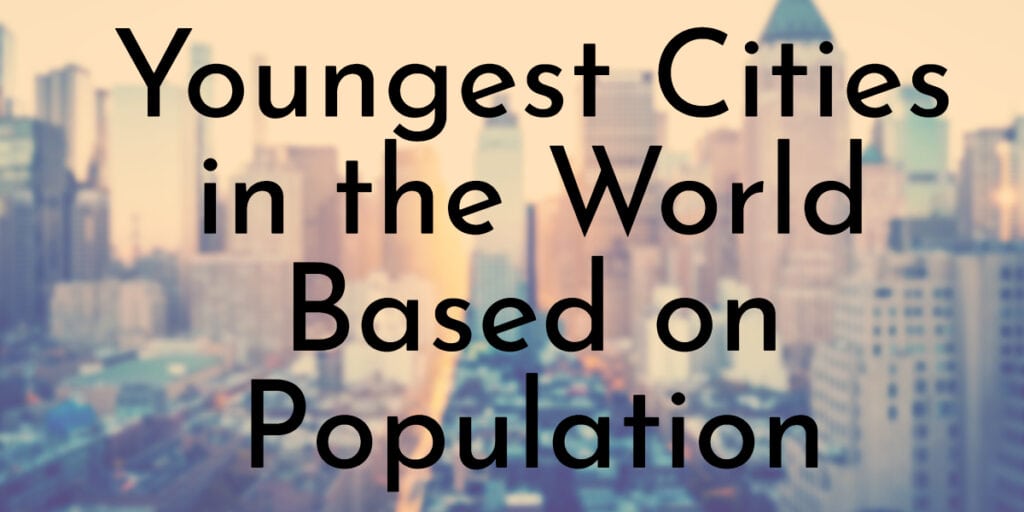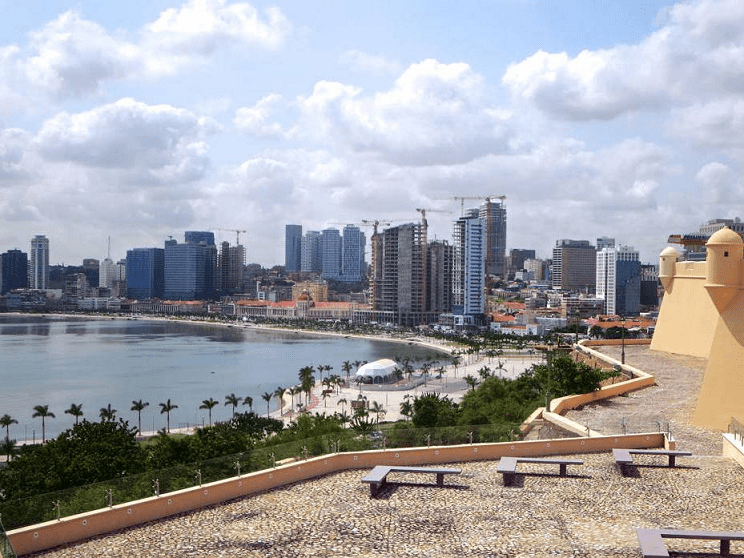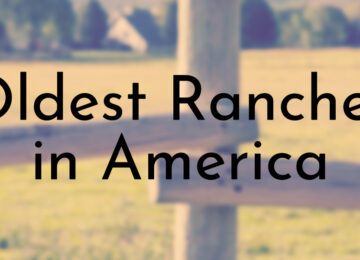Newly established cities are not always the youngest. However, this may be the case if we refer to a city being young regarding its population growth. That’s why some cities are expanding their population exponentially, resulting in a large portion of their population being young.
Along with that sudden shift in their population, it carries the changes too in many aspects, including but not limited to culture, labor force, and a city’s economy in general.
If you’re into this kind of topic, read on as you may find this article interesting, as it discusses the world’s 10 youngest cities according to their population.
10. Islamabad
Percentage of the Population Aged Below 15: 40.8%
Total Population: 1,198,000 (2022)
Area: 906.5 sq. km.
Country: Pakistan
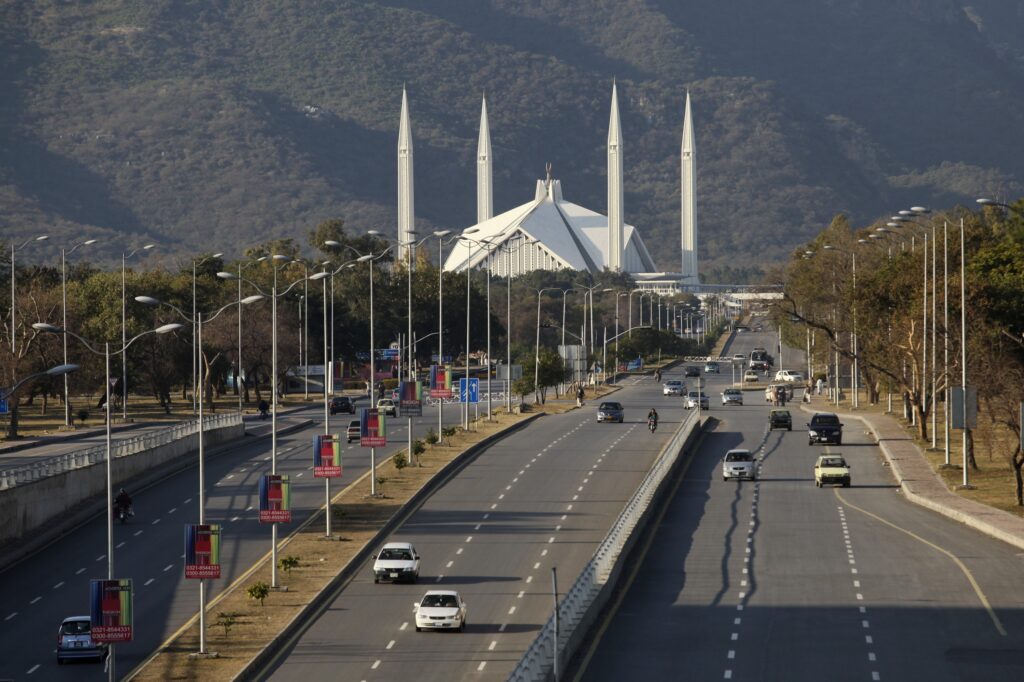
Islamabad is the city capital of Pakistan. With a population of almost 1.2 million, it is the ninth-most populous city in the nation. It is federally governed by the Pakistani government as a component of the Islamabad Capital Territory.
In the 1960s, it was constructed as a planned community to replace Rawalpindi as Pakistan’s capital. The city is renowned for its excellent living conditions, safety, orderliness, and copious vegetation.
It is also well-known for having several parks and forests, notably the Shakarparian and the Margalla Hills National Park. Numerous famous buildings may be found there, including the fifth-largest mosque in the world and the Faisal Mosque, which serves as the nation’s symbol. Democracy Square and the Pakistan Monument are two further notable sites.
Did You Know?
Twenty universities can be found in Islamabad, among them are PIEAS Quaid-e-Azam University, Bahria University, NUST, and COMSATS University.
9. Kabul
Percentage of the Population Aged Below 15: 41%
Total Population: 13,500,000 (2022)
Area: 1,028 sq. km.
Country: Afghanistan
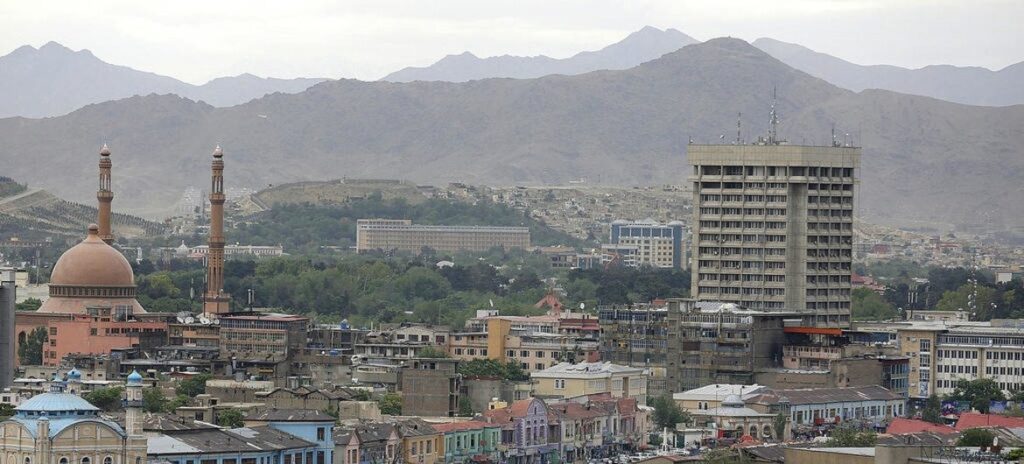
Kabul is considered the largest city and capital of Afghanistan. It is situated in the nation’s eastern region and is both a municipality and a part of the Kabul Province. It is split administratively into 22 municipal districts. Kabul has a population of 13.5 million as of late 2022 estimates.
The Kabul River borders the contemporary city of Kabul, situated at a high elevation in a small valley between the Hindu Kush. It is one of the world’s highest capital cities at 5,873 ft. Since at least the Achaemenid Persian Empire, Kabul is considered older than 3,500 years.
Did You Know?
After American-led military forces left Afghanistan in 2021, the Taliban regained control of Kabul.
8. Kinshasa
Percentage of the Population Aged Below 15: 41.3%
Total Population: 15,628,000 (2022)
Area: 9,965 sq. km.
Country: Congo
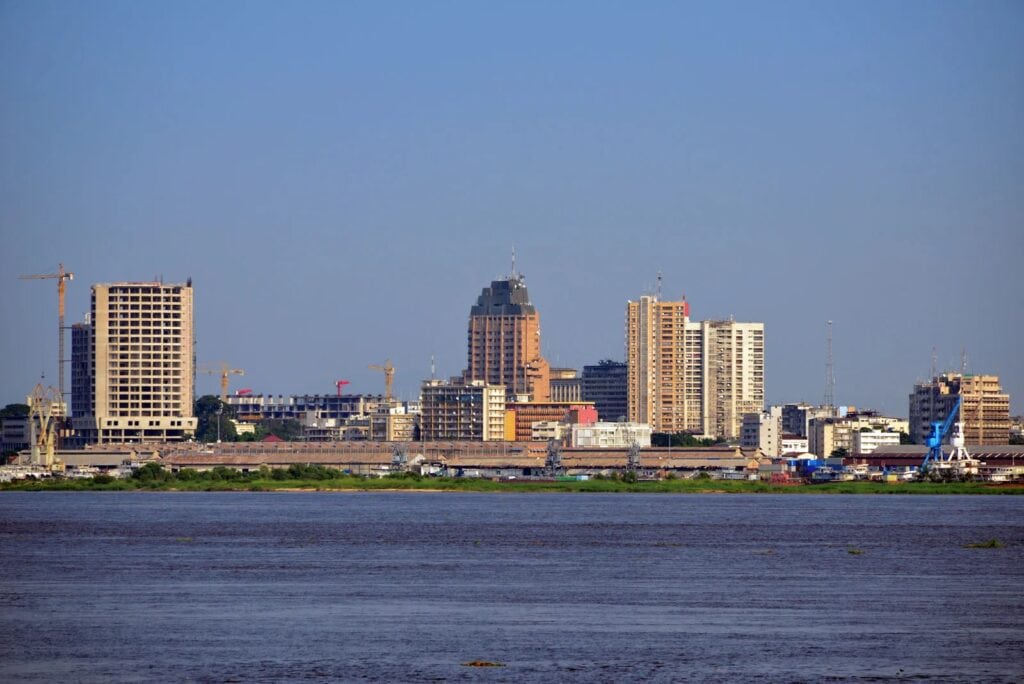
Kinshasa is the capital city of the Democratic Republic of the Congo. Kinshasa, formerly home to fishing and trade communities along the Congo River, is today one of the megacities with the greatest population growth. One of the 26 provinces of the DRC is also the metropolis of Kinshasa.
Over 90% of the territory in the city province is rural due to the extensive administrative limits, and the urban area only makes up a small but growing portion of the western side.
Residents of Kinshasa are referred to as Kinshasans or Kinois (in French and occasionally in English). The capital of the neighboring Republic of the Congo, Brazzaville, is visible from the city. The two cities are the world’s second-closest pair of capital cities, despite the river bridge being 7 km wide at this point (after Vatican City and Rome).
Did You Know?
The former name of Kinsha is Léopoldville.
7. Karachi
Percentage of the Population Aged Below 15: 41.4%
Total Population: 16,840,000 (2022)
Area: 3,780 sq. km.
Country: Pakistan
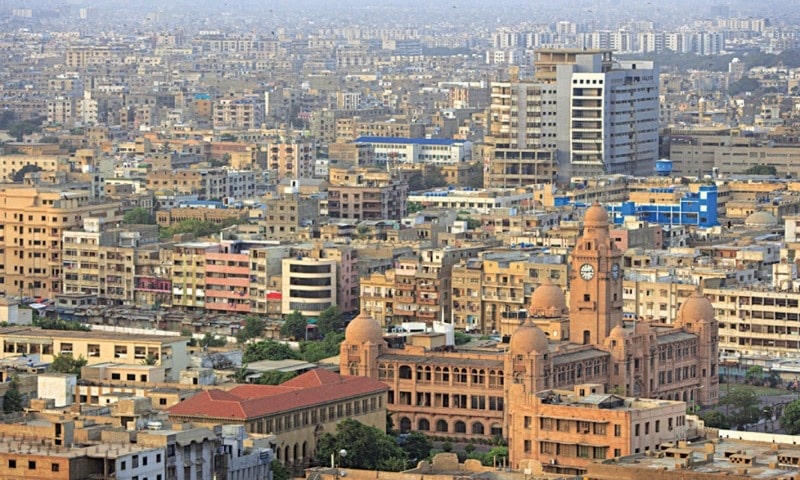
With a population of almost 17 million, Karachi is the most populous metropolis in Pakistan and the twelfth most populated city in the world. It is located on the Arabian Sea shoreline at the nation’s southernmost point. It serves as both the capital of Sindh and the previous capital of Pakistan.
With a GDP of more than $200 billion (PPP) as of 2021, it is Pakistan’s leading industrial and financial hub and is ranked as a beta-global metropolis.
With the widespread inflow of weapons during the Soviet-Afghan War, Karachi—known as the “City of Lights” in the 1960s and 1970s for its thriving nightlife—became plagued by acute ethnic, sectarian, and political violence in the 1980s.
The city had a reputation for having high violent crime rates, but after the Pakistan Rangers launched a crackdown operation against criminals, the MQM political organization, and Islamist terrorists in 2013, documented crimes dramatically fell.
Did You Know?
In terms of linguistic, ethnic, and religious diversity, as well as being one of the most secular and liberal cities in Pakistan, Karachi is the country’s most cosmopolitan metropolis.
6. N’Djamena
Percentage of the Population Aged Below 15: 41.5%
Total Population: 1,533,000 (2022)
Area: 104 sq. km.
Country: Chad
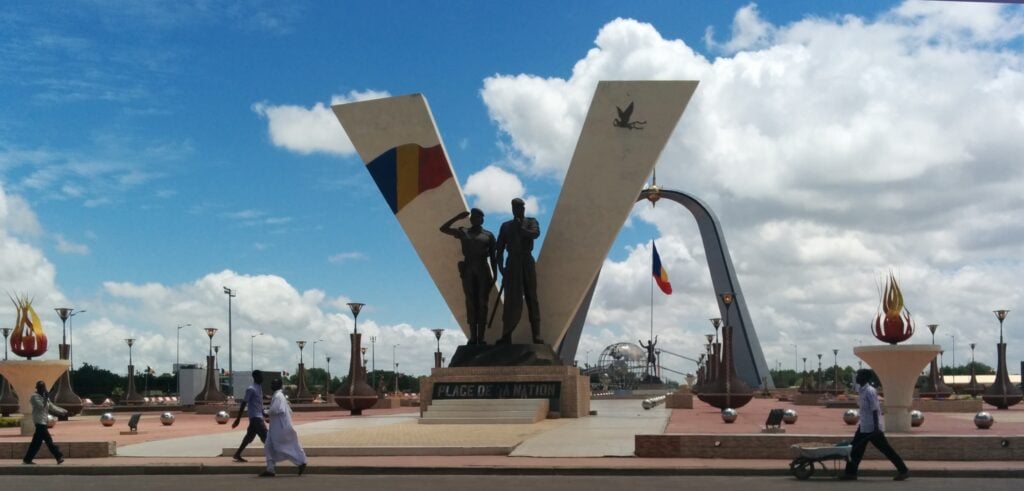
N’Djamena is widely considered the hub of Chad’s economic activities. The main industries are processing meat, fish, and cotton; there is also a regional market for cereals, salt, dates, and animals. It is a port city that shares a transborder agglomeration with Kousséri (in Cameroon), the administrative center of the Department of Logone-et-Chari, situated on the west side of both rivers.
The Chad National Museum, the Al-Mouna Cultural Center, the Cathedral of Our Lady of Peace, and several mosques are just a few of the city’s attractions. The Sahelanthropus partial skull, known locally as “Touma,” is displayed in the Chad National Museum. The skull was found in Chad’s north and is thought to belong to one of the oldest known human progenitors.
5. Abuja
Percentage of the Population Aged Below 15: 42.1%
Total Population: 3,652,000 (2022)
Area: 1,476 sq. km.
Country: Nigeria
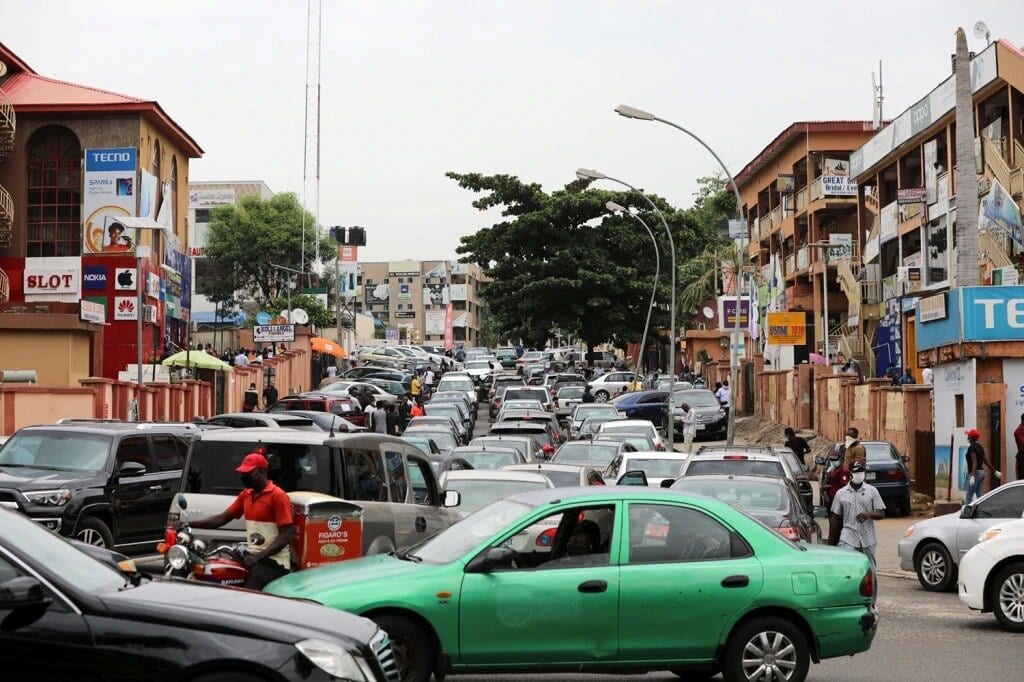
Abuja is a planned city located in the Federal Capital Territory (FCT) of the United States that was primarily constructed in the 1980s based on a master plan created by International Planning Associates (IPA), a group of three American planning and architecture firms, including Wallace, Roberts, McHarg & Todd (WRMT), the lead firm, Archisystems International (a division of the Howard Hughes Corporation), and Planning Research Corporation.
The Japanese architect Kenzo Tange created Abuja’s Central Business District. The Nigerian National Mosque and the Nigerian National Christian Center are two significant places of worship. The Nnamdi Azikiwe International Airport serves the city.
Did You Know?
In 2016, Abuja became a UNESCO Global Network of Learning Cities member.
4. Lagos
Percentage of the Population Aged Below 15: 42.1%
Total Population: 15,388,000 (2022)
Area: 1,171 sq. km.
Country: Nigeria
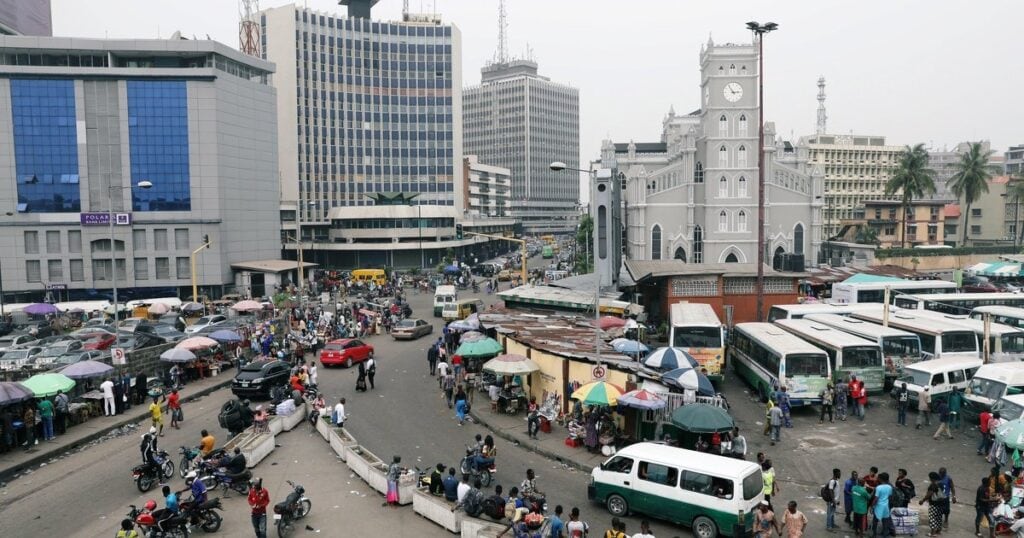
With almost 15.4 million people living inside the city limits as of 2022, Lagos is the biggest metropolis in Nigeria and the second-most populated city in Africa. Until December 1991, Lagos served as Nigeria’s capital when the government relocated it to Abuja in the country’s center.
Lagos, the economic heart of Lagos State and all of Nigeria, is a significant financial hub for Africa. The Awori subgroup of the Yoruba of West Africa first settled in Lagos, which later developed as a port city of the Benin Empire. These islands are now part of the Local Government Areas (LGAs) of Lagos Island, Eti-Osa, Amuwo-Odofin, and Apapa.
Did You Know?
One of West Africa’s largest and most extensive road networks is in Lagos.
3. Kano
Percentage of the Population Aged Below 15: 42.1%
Total Population: 4,219,000 (2022)
Area: 499 sq. km.
Country: Nigeria
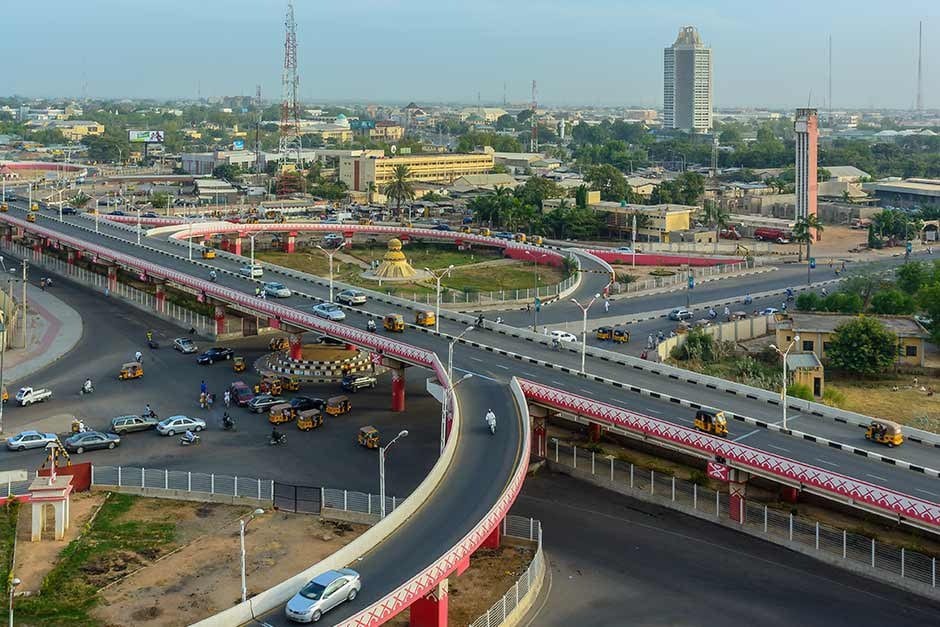
With approximately more than four million residents residing inside a 449 sq. km. area, Kano is the second largest city in Nigeria after Lagos. Located in the Savanna, Kano is a key trans-Saharan commerce route. The city has long been a center of trade and habitation. The city is one of the seven historic Hausa kingdoms, and most of its populace is Hausa.
Kano was a cosmopolitan city with permanent communities of Arab, Berber, Tuareg, Kanuri, and Fula centuries before British colonialism. Most of the Old City’s former gates still exist. The enormous Kurmi Market, noted for its crafts, is located in the Historic City, and adjacent is old dye mines still in operation.
Did You Know
This city has impeded manufacturing and industry over time due to inconsistent government policies and erratic electrical supplies.
2. Luanda
Percentage of the Population Aged Below 15: 42.2%
Total Population: 8,952,000 (2022)
Area: 113 sq. km.
Country: Angola
photo source: Wikimedia Commons
The main port and the country’s most important commercial, metropolitan, and cultural hub is located in Luanda. Angola’s administrative center, the largest port, and the capital of the Luanda Province are all found at Luanda, situated on the country’s northern Atlantic coast. The most populated Lusophone city outside of Brazil is Luanda, the most populous capital in the world that speaks Portuguese.
The processing of agricultural goods, the manufacture of beverages, textiles, cement, factories that assemble new cars, building materials, plastics, metallurgy, cigarettes, and shoes are among the industries in the city. Most of Luanda’s residents belong to the Ambundu ethnic group, however, the Bakongo and the Ovimbundu have recently become more prevalent.
Did You Know?
The city’s Belas Retail Center is Angola’s first contemporary shopping center, which opened in 2007.
1. Kampala
Percentage of the Population Aged Below 15: 48.2%
Total Population: 3,652,000 (2022)
Area: 189 sq. km.
Country: Uganda
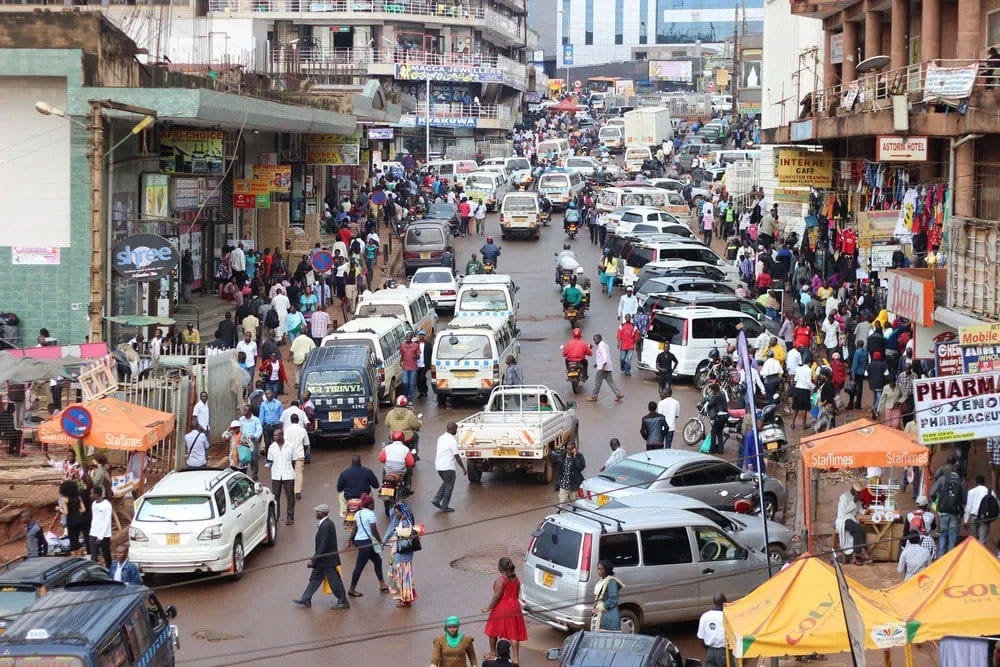
Kampala, the capital of Uganda, is considered the youngest city in the world based on population, with 48.2% of its population aged below 15 years old. The Kampala Central Division, Kawempe Division, Makindye Division, Nakawa Division, and Rubaga Division are the five political divisions of the city proper, with a population of 1,680,000.
The Wakiso District, Mukono District, Mpigi District, Buikwe District, and Luweero District are nearby districts that comprise Kampala’s metropolitan region. According to City Mayors, Kampala has one of Africa’s highest rates of population increase, at 4.03 percent annually.
Over Kigali and Nairobi, Kampala has consistently been recognized as East Africa’s greatest city by the New York-based consulting firm Mercer.
Did You Know?
While more than 30% of Kampala residents engage in urban agriculture, Kampala gave 13 hectares (32 acres) to the northeastern parish of Kyanja in the Nakawa Division to support urban agriculture.


